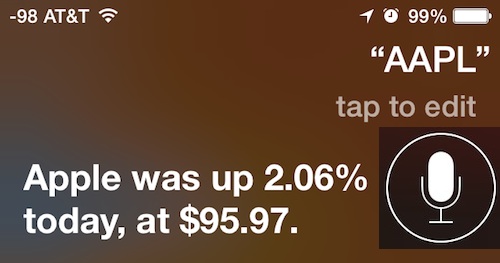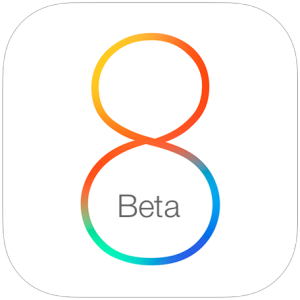Protect Hearing By Setting Volume Limits on Music Played in iOS
![]() Have you ever had someone pass you their headphones to hear a song, and had your ears blasted by an outrageously loud volume level? Well, by default, anyone can crank the volume up on music played from an iOS device to 100%. That may sound like no big deal, but there are situations where listening to music that loud could potentially be problematic, leading to inattentiveness to the outside world or even theoretical hearing issues. This is particularly important for kids, who may not realize that the volume level is harmful. Thus, if you or your kids listen to a lot of music with headphones on from an iPhone, iPod touch, or iPad, you may want to consider setting a maximum volume limit for the Music app.
Have you ever had someone pass you their headphones to hear a song, and had your ears blasted by an outrageously loud volume level? Well, by default, anyone can crank the volume up on music played from an iOS device to 100%. That may sound like no big deal, but there are situations where listening to music that loud could potentially be problematic, leading to inattentiveness to the outside world or even theoretical hearing issues. This is particularly important for kids, who may not realize that the volume level is harmful. Thus, if you or your kids listen to a lot of music with headphones on from an iPhone, iPod touch, or iPad, you may want to consider setting a maximum volume limit for the Music app.




 If you listen to iTunes Radio throughout the day on your iPhone, iPad, or iPod touch, sooner or later one of those songs you heard is going to get stuck in your head. When that happens, or when you’re just simply curious about the music you’ve been listening to and want to hear a particular song again, you just need to visit the iTunes Radio History.
If you listen to iTunes Radio throughout the day on your iPhone, iPad, or iPod touch, sooner or later one of those songs you heard is going to get stuck in your head. When that happens, or when you’re just simply curious about the music you’ve been listening to and want to hear a particular song again, you just need to visit the iTunes Radio History.


 OS X Yosemite Developer Preview 3 has been released by Apple to all developers running current beta builds of OS X Yosemite, the next major version of Mac OS. The new build number of OS X 10.10 beta is versioned as 14A283o and will run on all compatible Macs.
OS X Yosemite Developer Preview 3 has been released by Apple to all developers running current beta builds of OS X Yosemite, the next major version of Mac OS. The new build number of OS X 10.10 beta is versioned as 14A283o and will run on all compatible Macs.  Apple has released the third beta release of iOS 8 to those registered with the iOS Developer Program. All
Apple has released the third beta release of iOS 8 to those registered with the iOS Developer Program. All 

 Most iPhone users spend a lot of time typing in Messages, the text messaging app native to iOS that sends iMessages between yourself and others. While the basic functionality is pretty straightforward, what’s perhaps a little less obvious is how to enter onto a new line when typing an iMessage without actually sending the message, or creating a line break, again without sending the message yet. The answer to this is right in front of us on the iOS Keyboard: the Return key.
Most iPhone users spend a lot of time typing in Messages, the text messaging app native to iOS that sends iMessages between yourself and others. While the basic functionality is pretty straightforward, what’s perhaps a little less obvious is how to enter onto a new line when typing an iMessage without actually sending the message, or creating a line break, again without sending the message yet. The answer to this is right in front of us on the iOS Keyboard: the Return key. 


